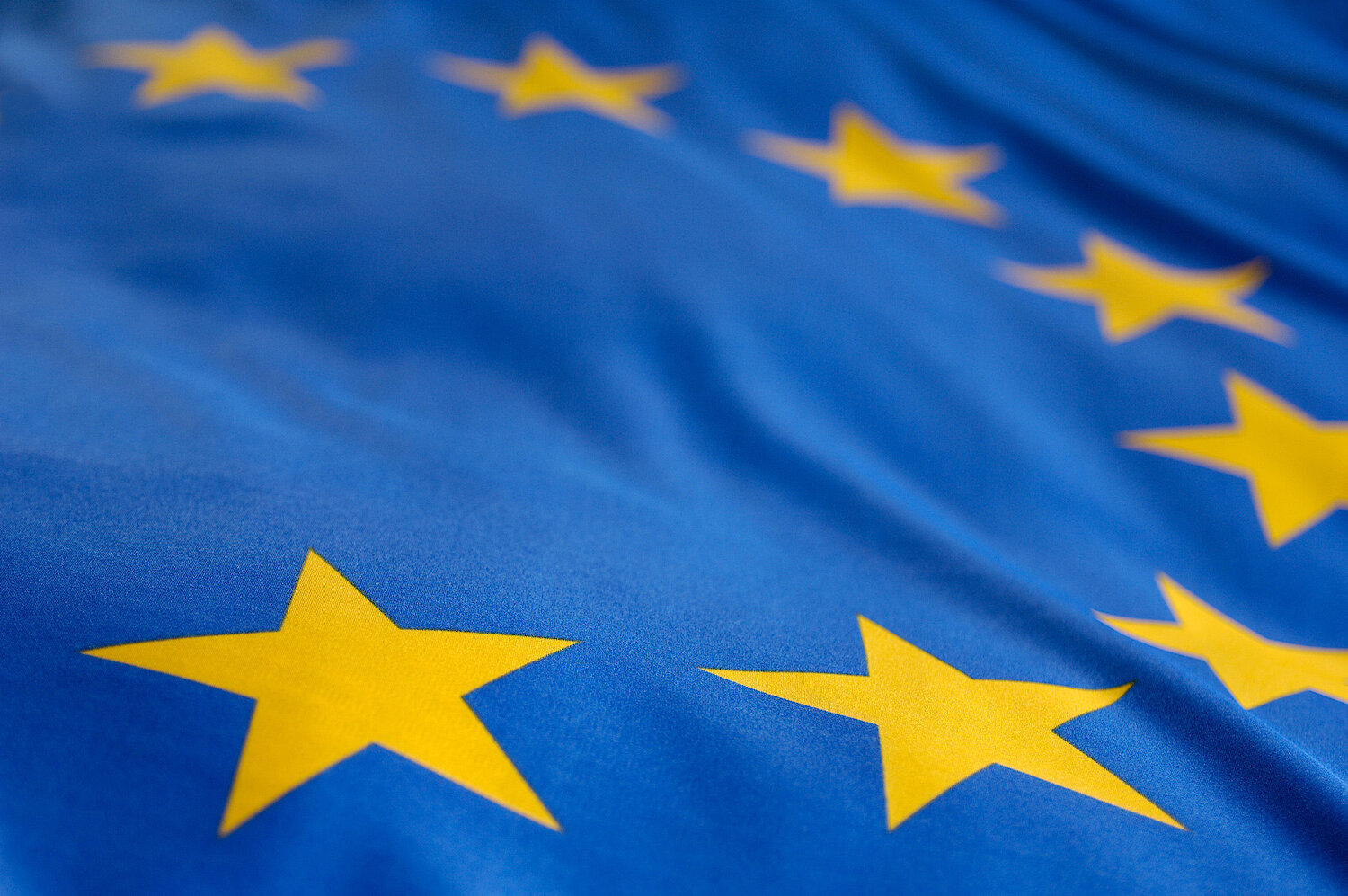Eye on Black Carbon Emissions
New Analysis within European Union (EU) Action on Black Carbon in the Arctic

Black carbon – commonly known as soot – is a tiny particle formed by the incomplete burning of fossil fuels, biofuels, and biomass. Although it remains in the atmosphere for just a few days or weeks, it is an important contributor to global warming and, in particular, regional warming in the Arctic. It is also a major contributor to air pollution causing impacts to human health. To reduce black carbon emissions reliable data and solid information about emission sources is needed. Therefore, under the project – European Union (EU) Action on Black Carbon in the Arctic – a closer look at the existing international reporting systems was undertaken to analyse the data provided, to identify gaps and to propose improvements.
Important natural and human sources of black carbon emissions include wildfires, the burning of agricultural and solid waste, residential burning, gas flaring, maritime shipping, and the combustion of diesel fuel. Arctic nations (in the EU Denmark, Finland and Sweden, in addition Canada, Iceland, Norway, Russia and the United States) produce about 10 % of global human black carbon emissions, but the contribution to Arctic warming is considered to be higher as most black carbon particles do not travel far from their source. In order to reduce black carbon emissions in the future, a more detailed and reliable data base is needed. At the moment no mandatory reporting within the EU is established.
Under the project – European Union (EU) Action on Black Carbon in the Arctic – a detailed analysis of the available data and established reporting systems was jointly led by Environment Agency Austria (host organisation of the European Monitoring and Evaluation Programme/EMEP Centre on Emission Inventories and Projections/CEIP) and the Finnish Environment Institute (SYKE). Contributions came from the International Institute for Applied Systems Analysis (IIASA) and the Arctic Monitoring and Assessment Programme Secretariat (AMAP is a Working Group under the Arctic Council). Special emphasis was placed on the reporting systems applied under the United Nations Economic Commission for Europe (UN ECE) Convention on Long-range Transboundary Air Pollution (CLRTAP) and the Arctic Council. Key recommendations include improving inventory methods and considerations how to establish a mandatory reporting under CLRTAP.
The EU Action on Black Carbon in the Arctic is a 3-year project funded under the EU’s Partnership Instrument over the time period January 2018-January 2021. Its main objective is to contribute to the development of collective responses to reduce black carbon emissions in the Arctic and to support policy processes leading to enhanced international cooperation on black carbon emissions to protect the Arctic environment. Implementation of this objective is through four work packages: i) improved knowledge; ii) increased awareness and shared knowledge; iii) technical advice documents and scenarios; and iv) development of a roadmap for enhanced international cooperation on black carbon. Six European-based institutes are responsible for the project’s implementation and the Arctic Council’s Arctic Monitoring and Assessment Programme (AMAP) Secretariat provides the overall project management.
